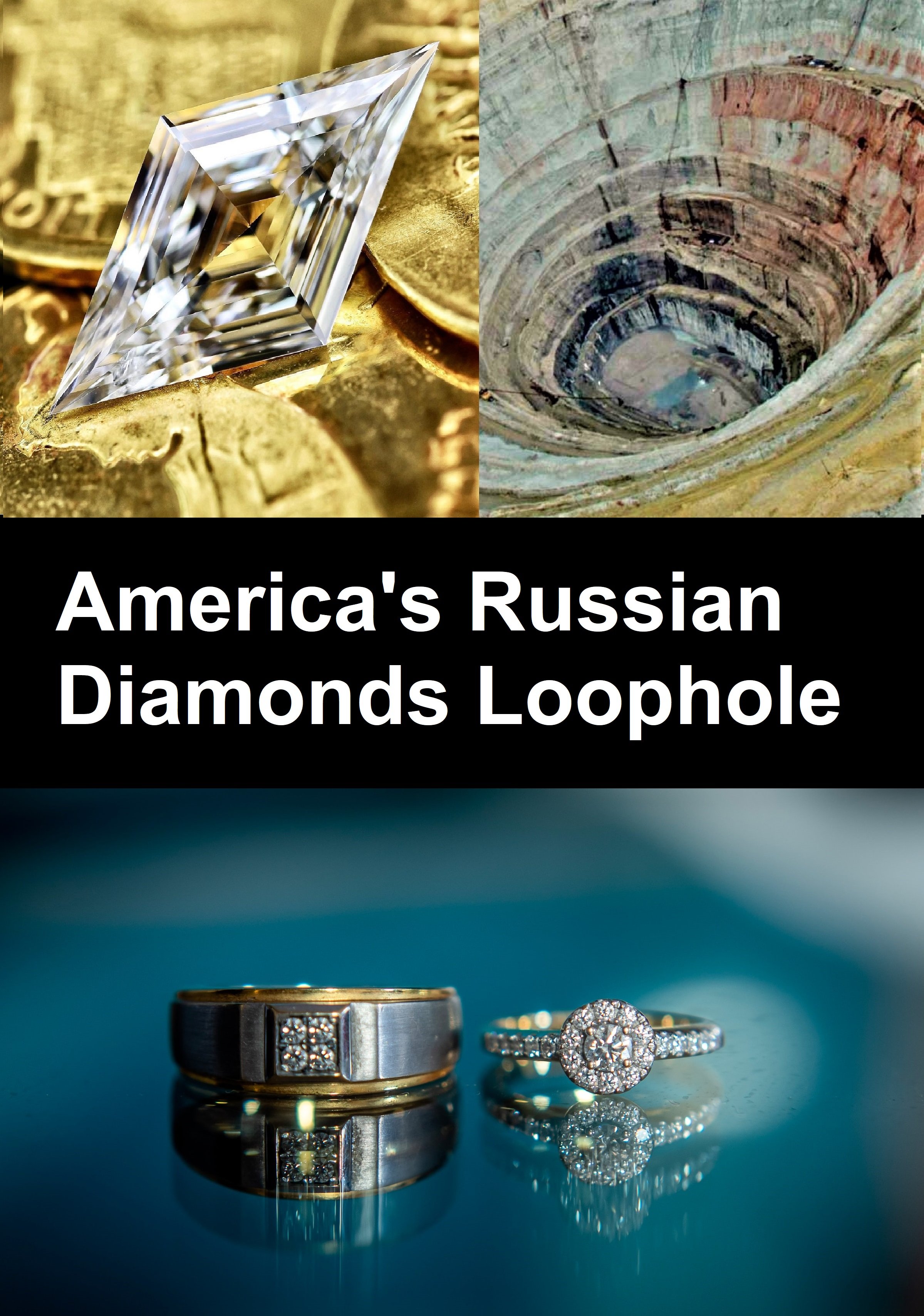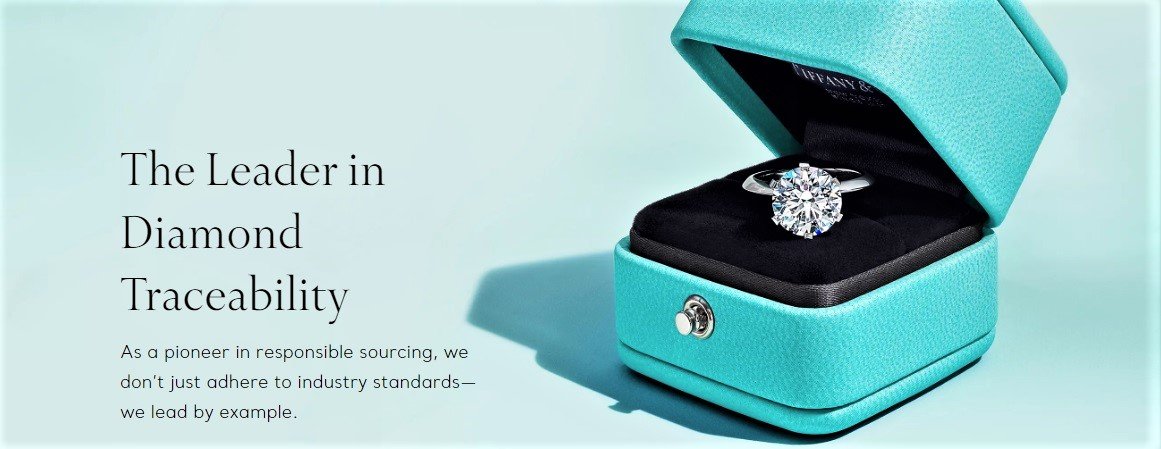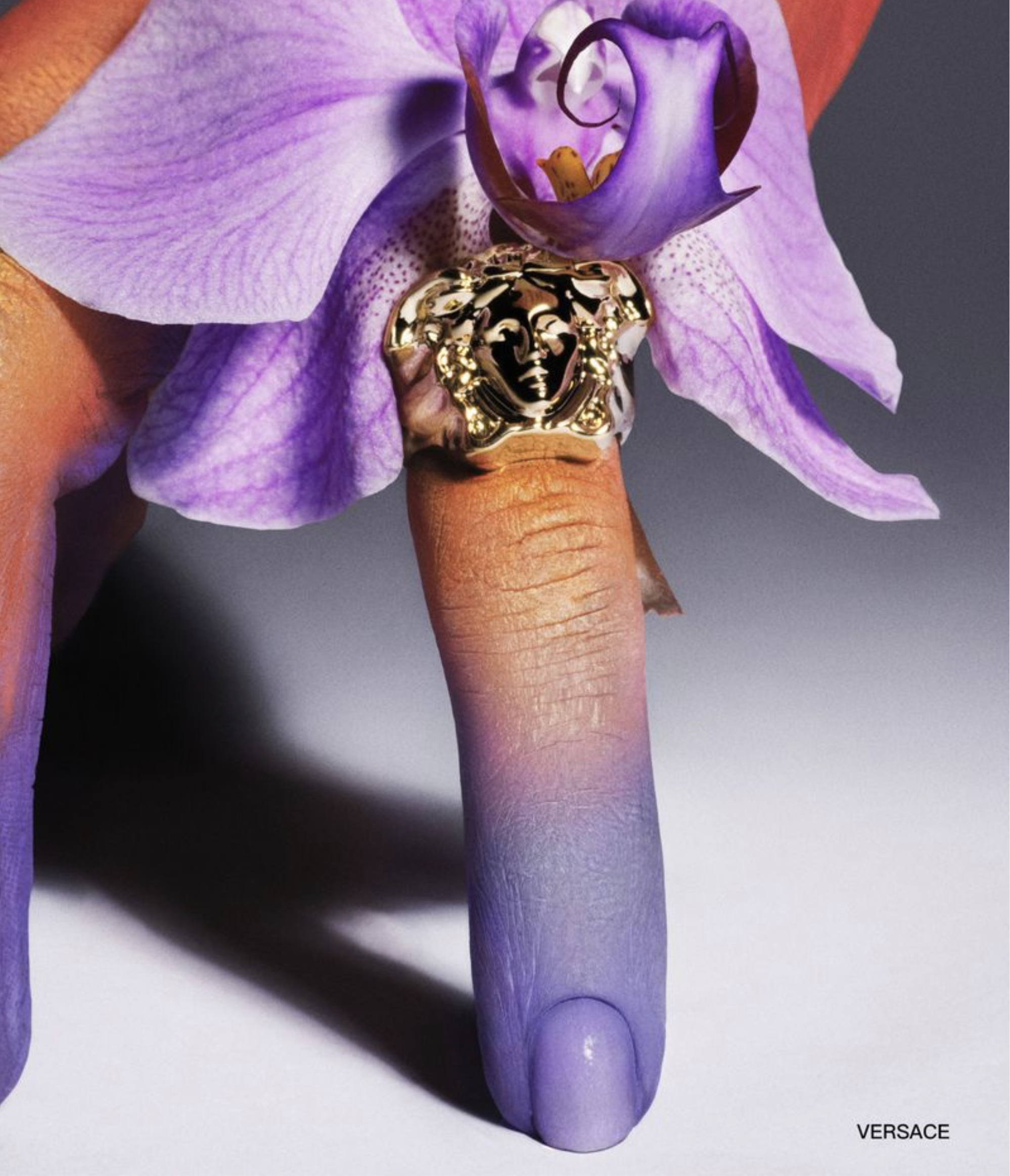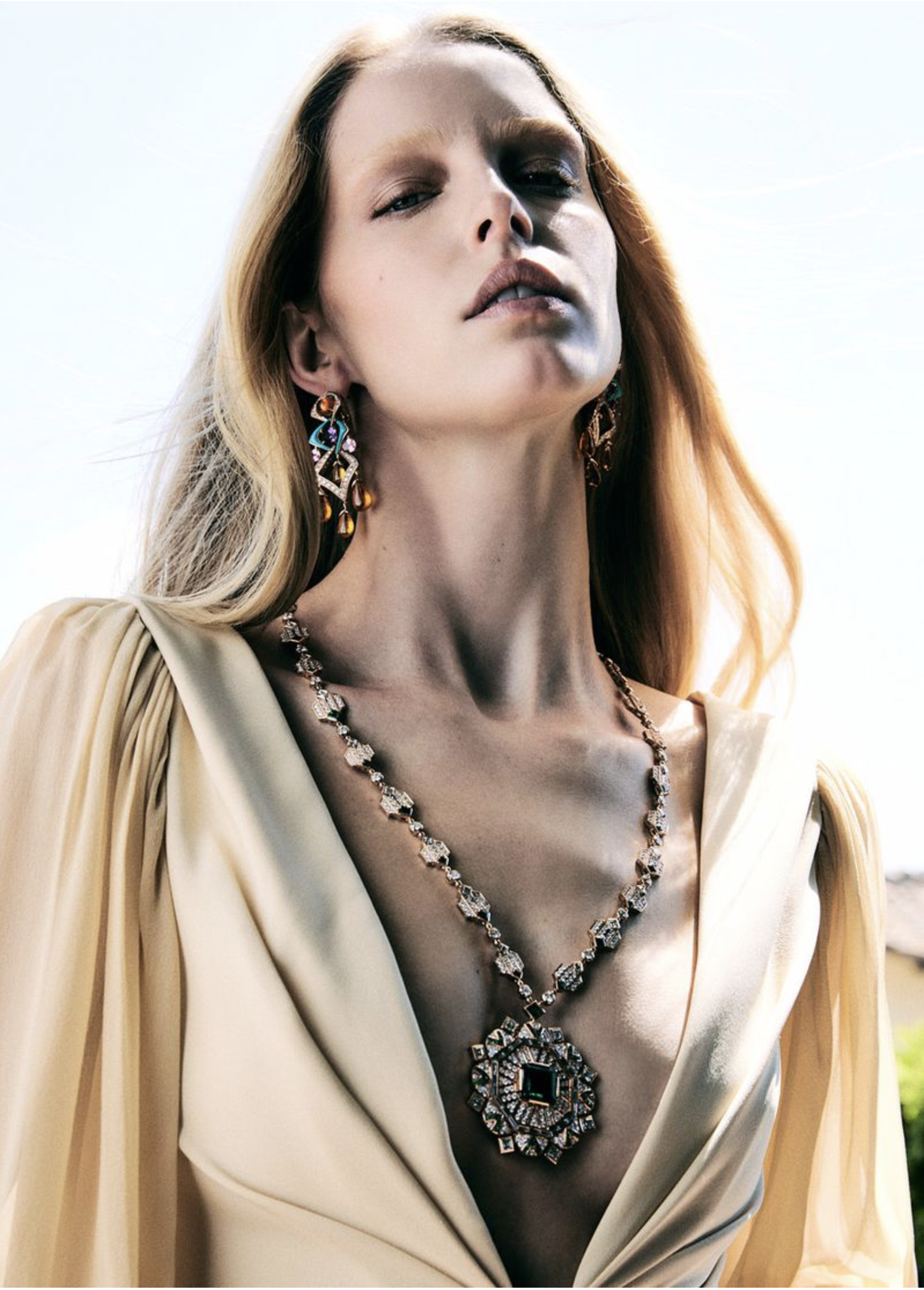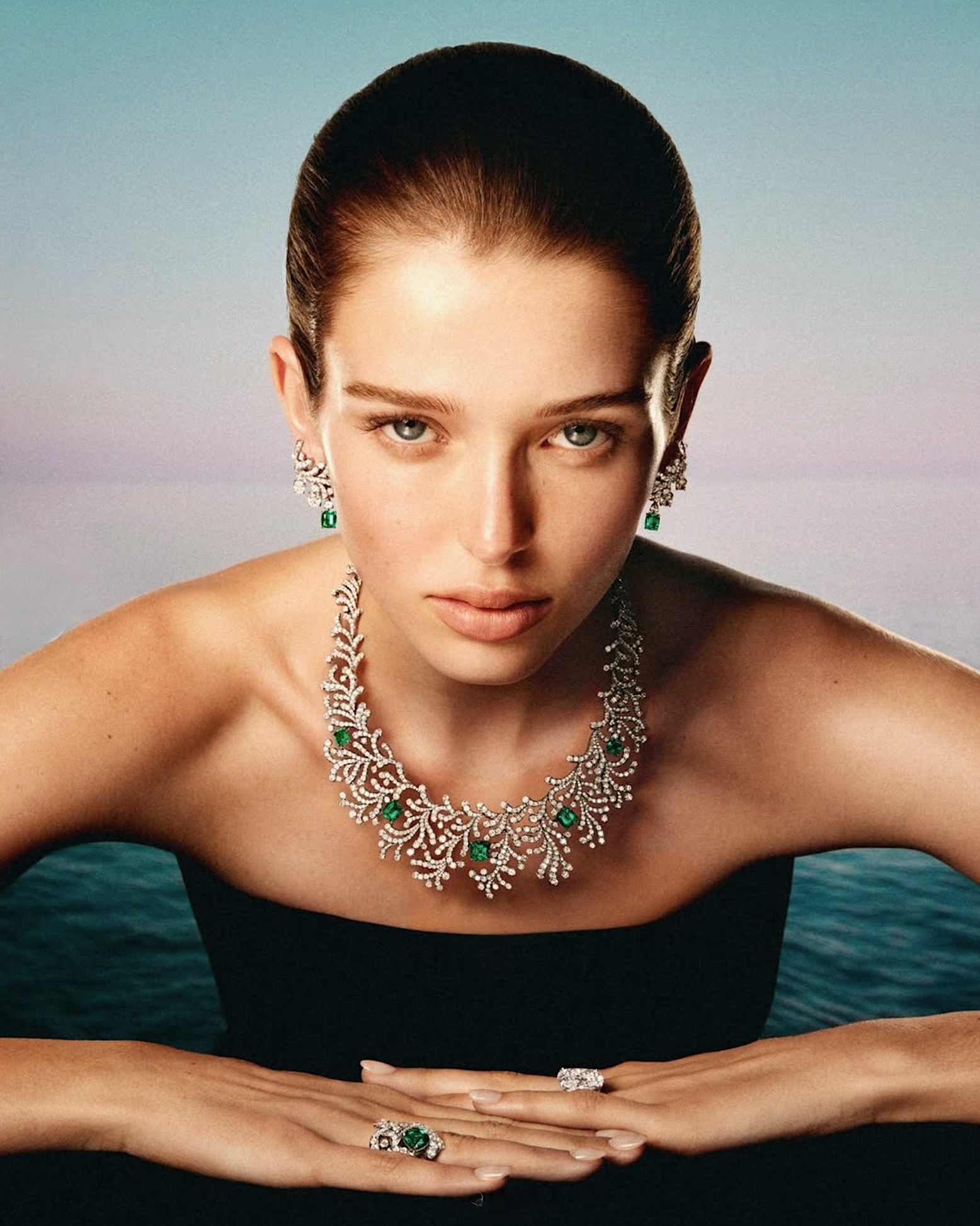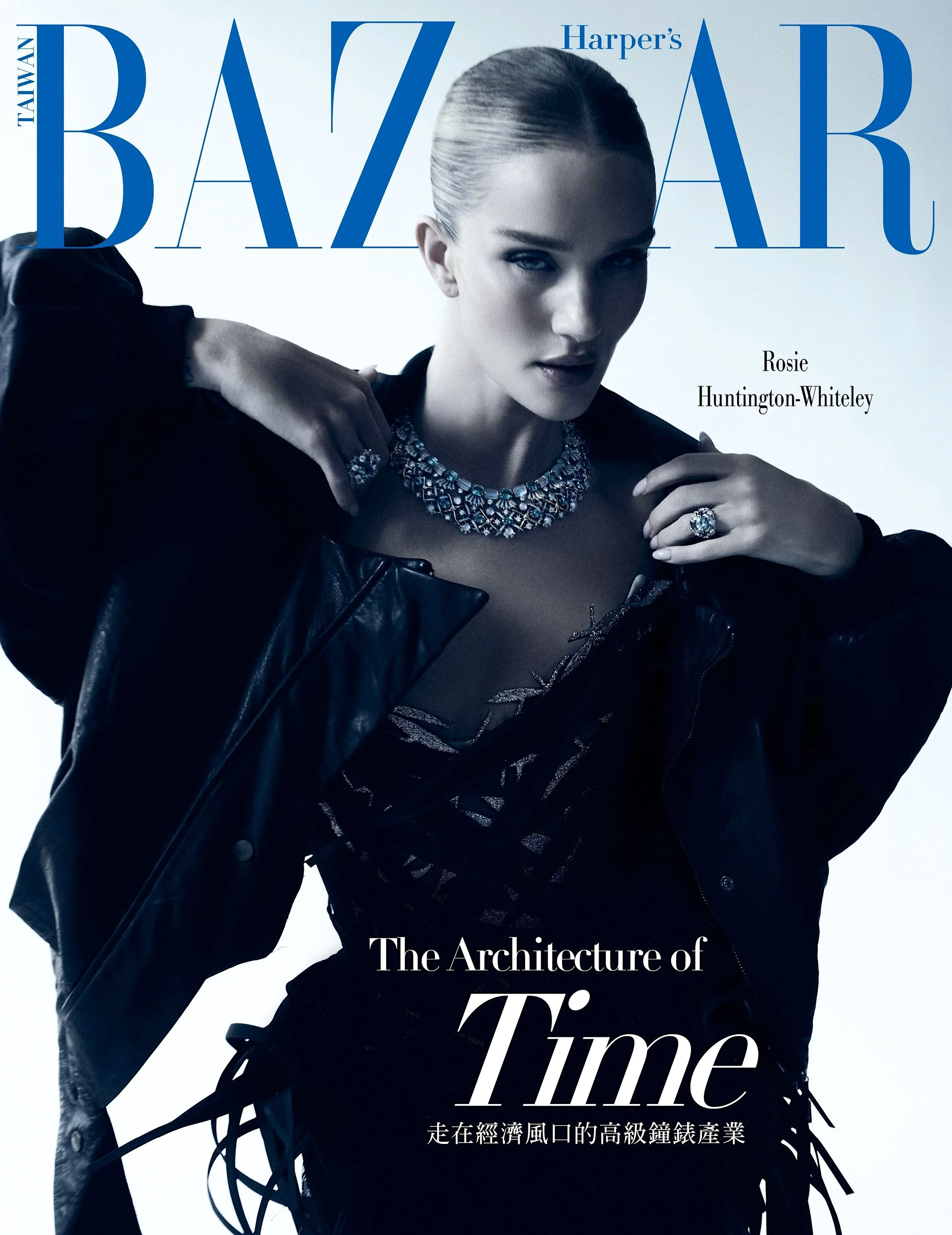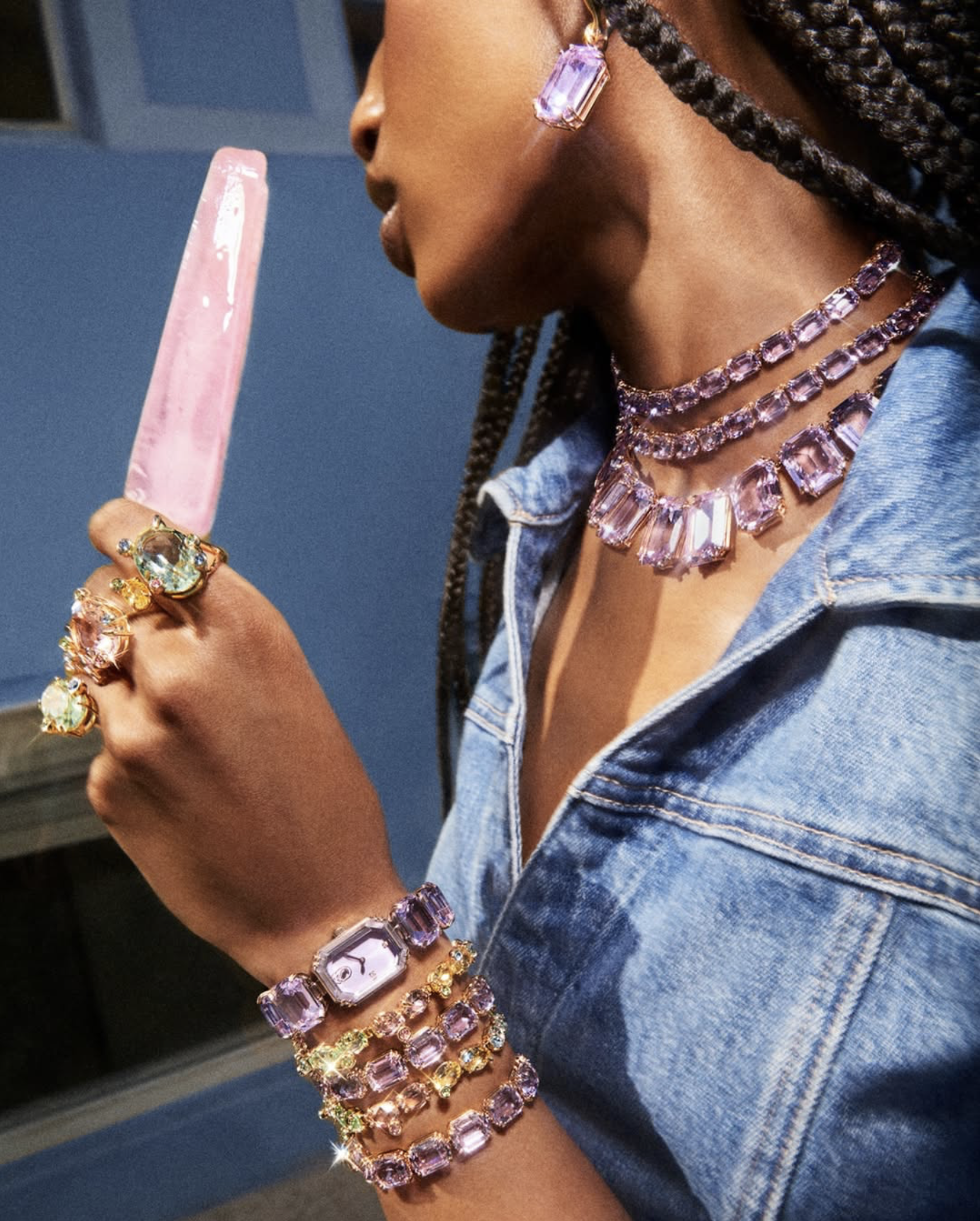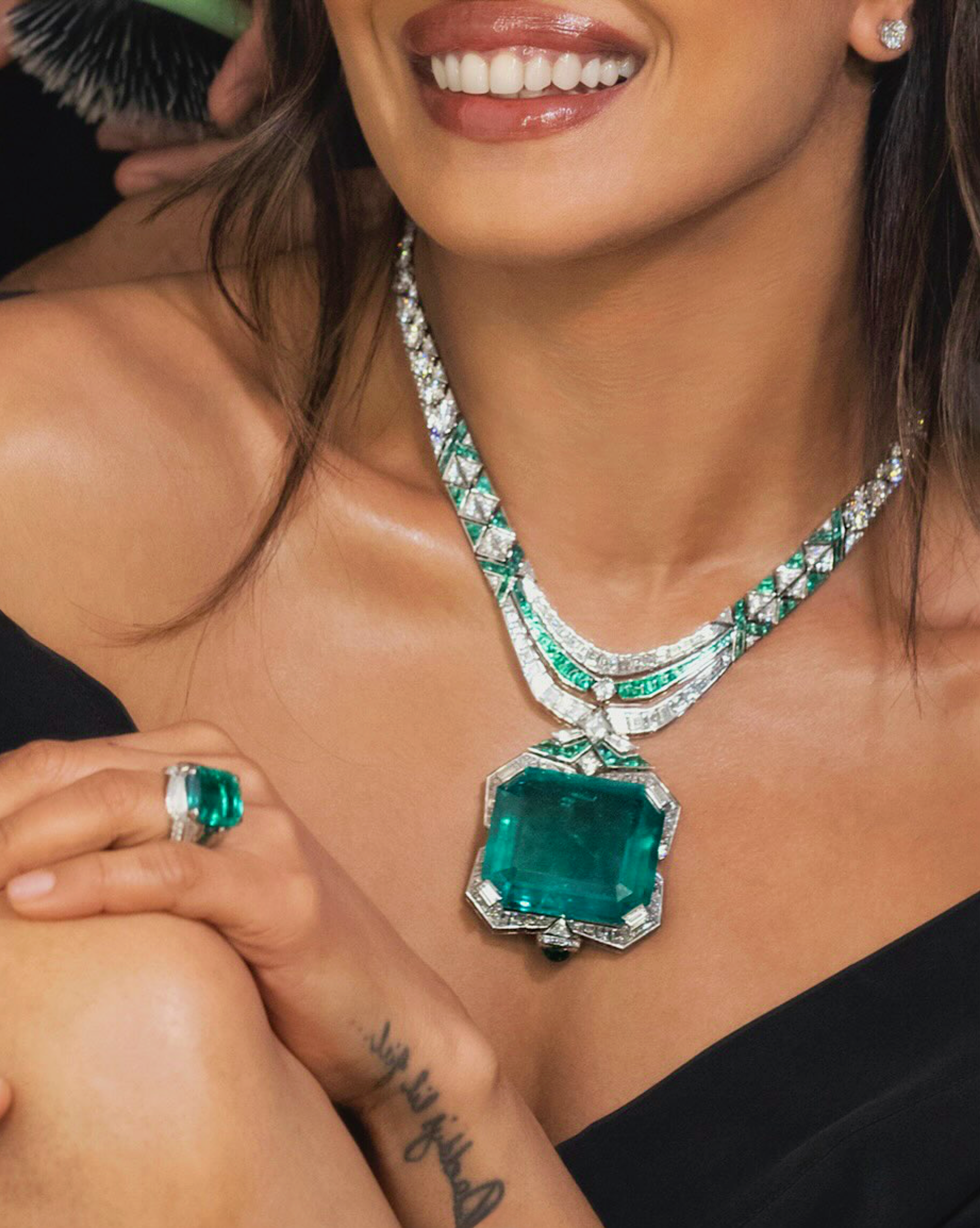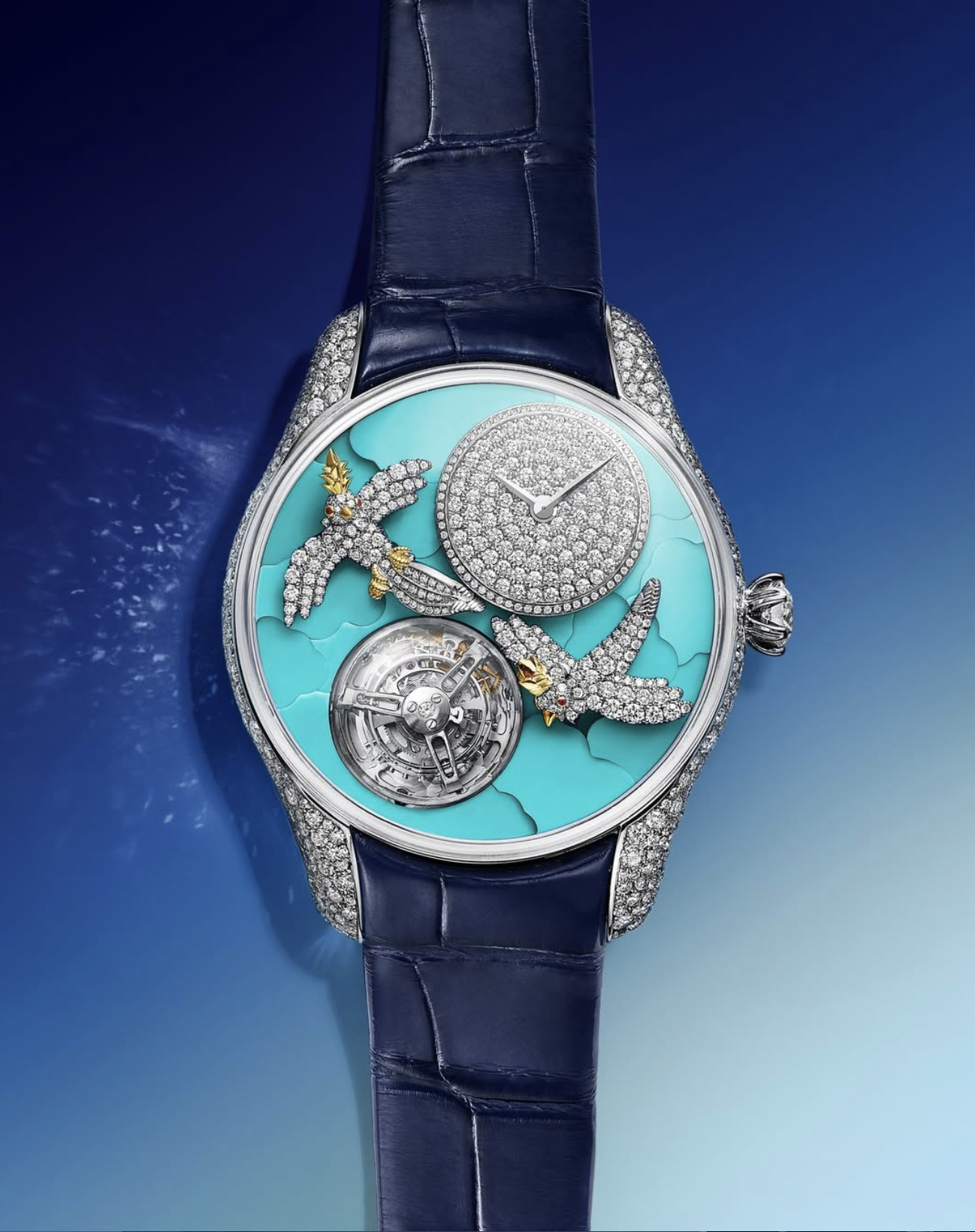America's Russian Diamonds Loophole Is Being Closed by Luxury Brands and Congress
/The United States is the world’s largest market for diamond jewelry, accounting for more than 50% of sales in the $84 billion global diamond jewelry industry. The ban on Russian diamonds being imported into America has been in place since the end of February, making it time to check in on its impact.
Specifically AOC’s investigation is a query into the possible impact of a ban on Russian diamonds on 1) diamond mining in other countries and the global supply of cut diamonds totally and 2) any impact on demand for lab-grown diamonds as an ethical alternative to Russian diamonds.
We assumed that the US diamond ban had teeth — that there was no way a ban would be put in place, knowing that it would be largely ineffective without further action. Wrong.
Lax US Country-of-Origin Laws
Just last week AOC was communicating with a Swiss watchmaker about becoming a direct house affiliate for their brand. I pressed the company about Switzerland being the actual factory-location of the watchmakers, noting that America has notoriously lax laws around country-of-origin documentation.
My colleague assured me that the watches are indeed 100% made in Switzerland, sending me links to all the particulars.
Checking the rest of the world is always easier than looking in your own house of smoke and mirrors. Only now, as I began writing this post, did Google give me a reality check.
The biggest names in jewelry from Pandora [the largest jewelry producer in the world] to well-known luxury brands like LVMH’s Tiffany’s, Cartier, Van Cleef & Arpels, Kering and many others all support the ban on Russian diamonds. All the big players say they want to comply with the new rules.
However, President Biden issued a ban on ‘rough cut’ diamonds. Did his team not know that few Russian diamonds enter America with ‘rough cut’ status?
The Russian loophole is the same one I discussed last week with the Swiss watchmaker. Diamonds originating in Russia and used in jewelry sold in America are not labeled as Russian.
Russia’s rough diamonds go to India, where they are cut and polished. Because this process constitutes a “substantial transformation”, India — and not Russia — is considered to be the official country of origin. Under the current Biden ban as written, there is minor disruption of the global diamond trade out of Russia without further action.
A bipartisan group of 11 Congress members, led by Representatives Gerry Connoly (D-VA) and Justin Scott (R-GA), has written to the Biden administration and Treasury Secretary Janet Yellin, asking that the loophole be closed.
They wrote: “Sanctions issued by the Treasury Department to target Russia’s diamond industry will have minimal impact on Alrosa and Sergei Ivanov’s [the company responsible for 90% of Russia’s diamond supply and its CEO] ability to freely operate in the world market,” the letter stated.
“As it stands at this time, a diamond can be mined by an Alrosa subsidiary, polished or cut in India or another country, and sold to the United States without any prohibition, making a profit for the Russian government,” the letter continued.
If the Russian diamond loophole is closed with further action by the Biden administration and proactive policing by the world’s largest diamond brands, it’s estimated that the cost to India’s cutting and polishing facilities in Mumbai and Surat could irreparably hurt a $25 billion business in India.
Due to the COVID pandemic, weddings in the US are expected to hit a 40-year-high in 2022. To the extent that they can be trusted, the biggest names in jewelry say they are taking action with ways to deal with the Russian loophole.
Tiffany & Company, For Example
Tiffany & Company has been a leader in promising to track the provenance of all diamonds larger than 0.18 carats. When the project launched in 2019, Tiffany promised: “The provenance of each stone will be proven by the engraving of a unique serial number, which will not be visible to the human eye. When customers purchase a piece of jewelry featuring the stone, they will receive a certificate that verifies its origin.”
Tiffany has quietly agreed that it can track its supply of Russian diamonds in India and that the company issued a ban on further buys of rough Russian diamonds about two weeks ago. Tiffany is accepting Russian origin diamonds “in process” before the ban went into effect and also in its finished products, global inventory.
Any retail buyers of Tiffany diamonds should be able to query its possible Russian origins. But with Russia responsible for 30% of the global diamond supply, it’s totally understandable that a significant portion of Tiffany’s — and every other diamond brand’s inventory — has Russian origins.
The Guardian reported on March 31, that besides Tiffany & Co, “Swiss watch and jewellery-maker Chopard, Signet, the largest retailer of diamond jewellery, and Pandora, the world’s largest jeweller, have released statements saying they will stop buying diamonds – or in the case of Pandora, any materials - of Russian origin.”
This global diamond supply challenge will only worsen in the coming weeks and months. I don’t mean to be flip, but certainly among younger buyers who are already inclined to embrace lab-grown diamonds, they seem destined to grow in appeal. ~ Anne
